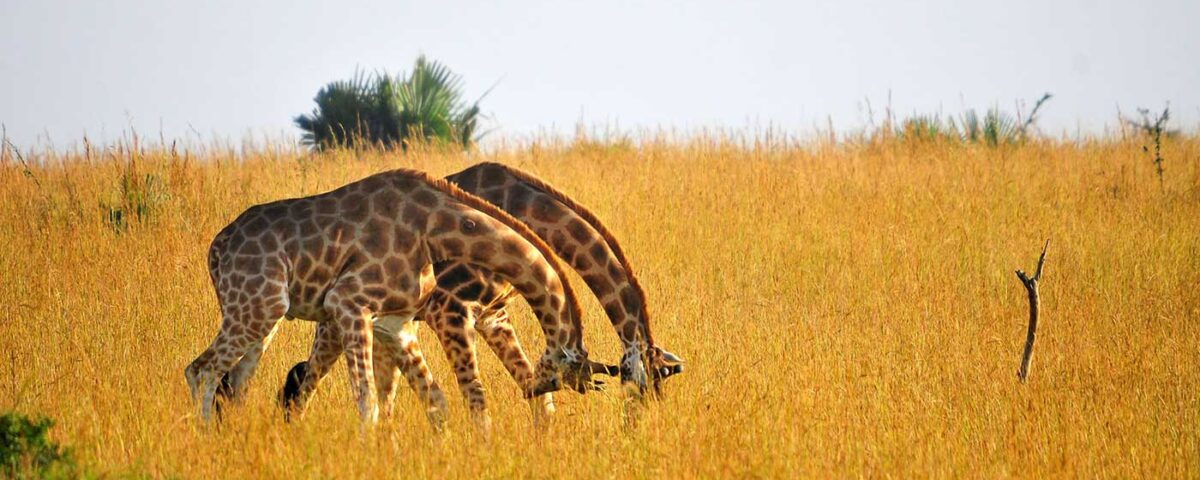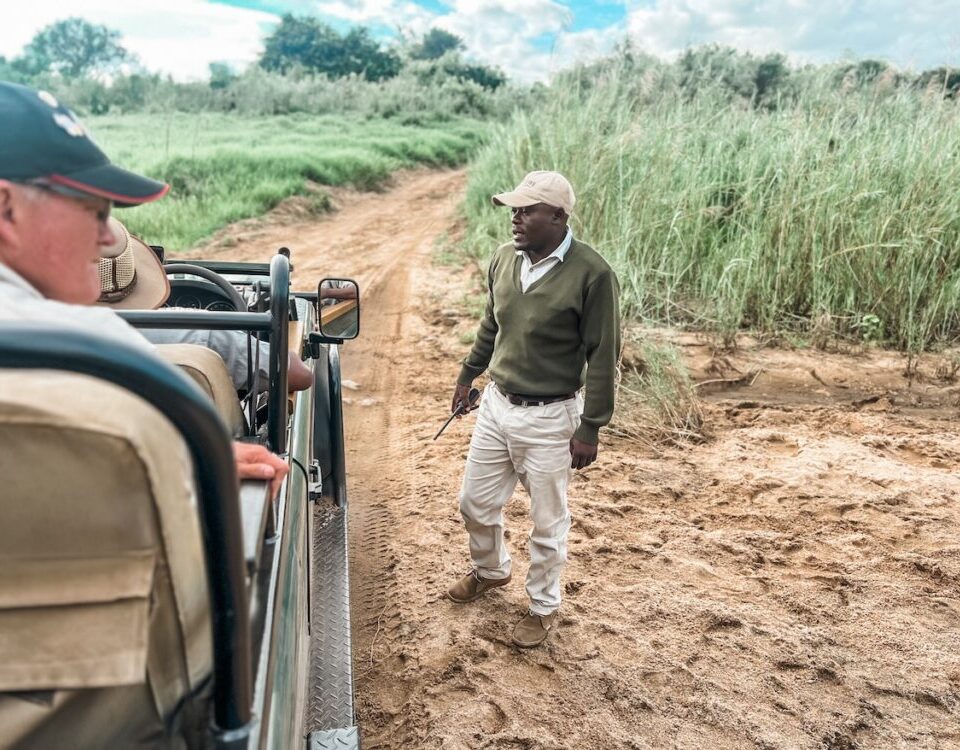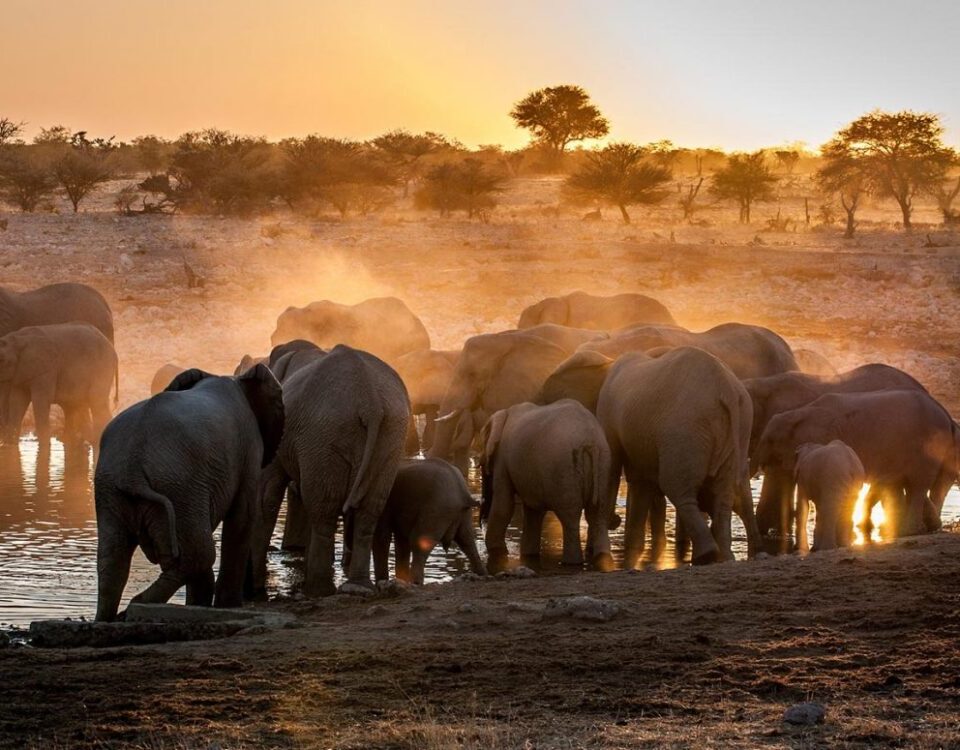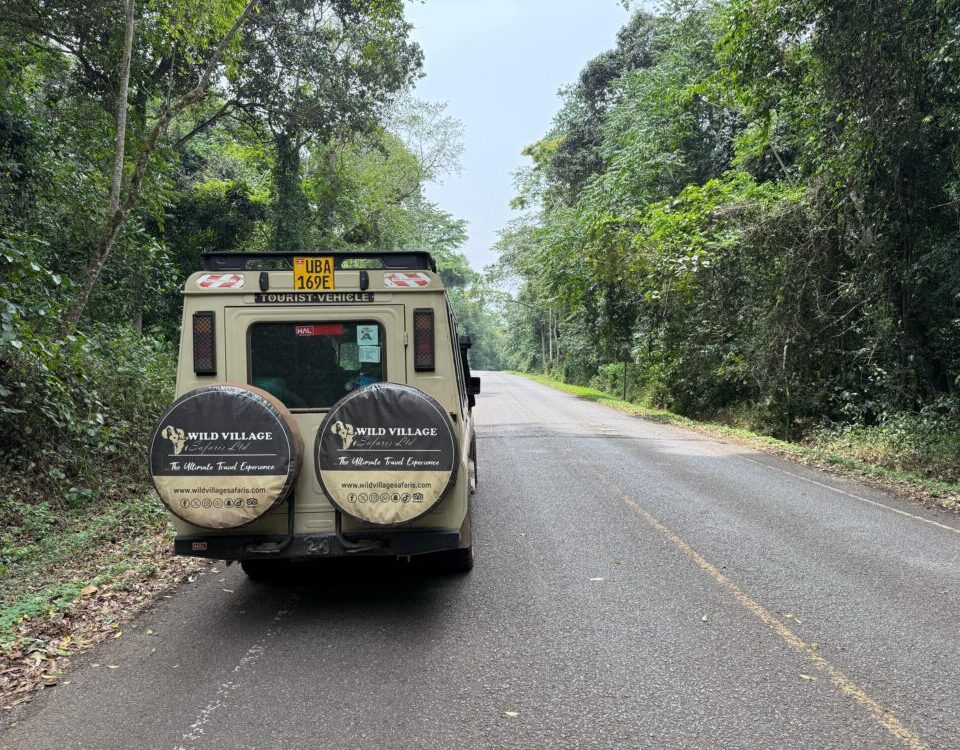
What Is a Night Game Drive, and Where Is It Offered?
July 12, 2025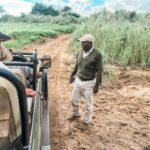
What Should I Wear on a Game Drive Safari?
July 12, 2025How Long Does a Typical Game Drive Last?
How Long Does a Typical Game Drive Last? is a common and essential question for anyone planning a memorable wildlife safari across East Africa. Whether it’s the savannah plains of a Kenya safari, the Great Migration landscapes of Tanzania safaris, the lush habitats featured in a Uganda safari, or combining your adventure with Uganda Gorilla Trekking or Gorilla Trekking Rwanda, understanding game drive duration helps you design a well-paced itinerary. This overview, by Wild Village Safaris, explains optimal timing, seasonal variations, and ways to integrate cultural experiences and primate trekking into your safari days. We ensure content is SEO-optimized with keywords like Kenya Safaris, Tanzania Safaris, wildlife safari, Uganda safari, Rwanda safari, Gorilla Trekking Rwanda, and Uganda Gorilla Trekking featured in each section, in easy-to-read English and with well-structured paragraphs and mini subheadings for readability.
Morning Game Drives: Dawn to Mid-Morning (≈260 words)
How Long Does a Typical Game Drive Last? typically starts with the morning safari, celebrated as the most rewarding time for wildlife viewing across all destinations. In Kenya safaris, Tanzania safaris, and Uganda safari locations, game drives usually begin around 5:30 AM to 6:30 AM, beginning at first light when animals are most active. These drives progress steadily through the golden hour until around 9:30 AM to 10:00 AM, lasting approximately 3.5 to 4 hours. This period aligns perfectly with lion and leopard hunting behaviors, and allows guests to watch herds of elephants grazing, buffaloes migrating, and antelopes like impalas, gazelles, and zebras traversing watering holes.
For those planning to combine their safari with Uganda Gorilla Trekking, a morning game drive in Queen Elizabeth or Murchison Falls is ideal. After your drive ends around mid-morning, you can transfer to Bwindi Impenetrable or Mgahinga for gorilla tracking, maximizing your time in the forest. Such seamless integration offers both big cat sightings and primate encounters—all in one thrilling day. Additionally, this timeframe provides ideal photographic lighting, with the early sun illuminating animals and their environments in soft, vibrant hues.
Cultural experiences often fit into this window. In Uganda, after breakfast, guests can visit nearby communities—like Batwa villages near Bwindi or fishing settlements near Queen Elizabeth. Tribal dances, basket weaving, and traditional meal tastings enrich your safari, weaving together wildlife and heritage. So while the morning game drive spans 3–4 hours, it complements primate trekking and cultural immersion brilliantly on your Rwanda safari or Uganda safari.
Midday Interlude: Rest, Culture, and Preparation
After intense morning excursions, travelers often wonder How Long Does a Typical Game Drive Last? and how to fill the day effectively. Most game drives last around 4 hours, after which lodges or camps provide a much-needed midday break. This pause not only caters to wildlife patterns—when animals rest in shade—but also creates opportunities for wildlife safari guests to immerse in local culture, relax, or prepare for afternoon drives or Uganda Gorilla Trekking transfers.
In Tanzania safaris, midday can involve scheduled visits to cultural heritage villages, coffee farms, or retreats to luxury lodges for spa treatments and leisurely poolside afternoons. For Kenya safaris, a stop at a Maasai village leads to dynamic interactions, from beadwork workshops to warrior dance performance. This blend of wildlife and culture makes a Rwanda safari or Uganda safari more profound and diverse.
For those routing into Gorilla Trekking Rwanda or Uganda Gorilla Trekking, this midday window is critical. Arriving at Bwindi or Volcanoes early ensures a calm rest before the trek briefing. Trekking groups typically convene mid-morning, making the earlier drive and restful midday ideal for acclimatization and conservation awareness sessions. Local guides may explain forest ecosystems, lodge sustainability efforts, and how tourism benefits community livelihoods.
The midday break also allows for educational experiences. Guests might learn about eco-tourism, conservation programs, and collaborative projects—like batwa empowerment, community tourism cooperatives, or chimpanzee tracking initiatives. By the time the afternoon game drive or forest trek starts, around 2:30–3:00 PM, visitors are well-prepared, enriched with knowledge, and ready for the next safari segment.
Afternoon & Evening Drives: Wildlife at Sunset
Wondering How Long Does a Typical Game Drive Last? means exploring the second daily window: afternoon and evening drives. These usually begin around 3:00 or 4:00 PM, following lunch and optional siestas, extending until 6:30 or 7:00 PM—just as dusk settles. This segment lasts approximately 2.5 to 3.5 hours, ideal for catching wildlife at peak activity as day turns to night.
In Kenya safaris, especially in Maasai Mara conservancies, evening drives reveal nocturnal predators—lions on the prowl, hyenas emerging, and elusive servals. Tanzania’s Tarangire and Serengeti parks offer similar experiences, with giraffes silhouetted against sunset skies and leopards perched in trees. In a Uganda safari, late drives in Queen Elizabeth or Murchison Falls combine predator sightings with hippo surfacing at dusk, buffaloes lumbering to water, and elephants silhouetted in the glow.
Those joining Gorilla Trekking Uganda may complement morning forest treks with late afternoon savannah explorations, providing a complete picture of Uganda’s wildlife habitats. Similarly, guests on a Rwanda safari often start with gorilla trekking in the morning, then enter Akagera National Park close to Kigali for late-day game drives enriched by prime spotted hyenas and reedbuck sightings.
These evening drives are thoughtfully brief to ensure safe return before full darkness. They’re also ideal for capturing stunning golden-hour photography—animals backlit by the sun, lions roaring at dusk, and firelight dinners back at lodges. Restaurants and camps often set up cultural evening programs—drumming, storytelling, local cuisine tasting—in sync with end-of-drive return, combining wildlife safari and culture in seamless harmony.
Full-Day Game Drives & Combined Safari Options
While a typical game drive lasts 3–4 hours, some travellers ask, How Long Does a Typical Game Drive Last? and whether full-day safaris exist. Yes, they do—and they provide extensive exploration, birdwatching, picnic lunches, and deeper immersion into national parks.
Kenya safaris often offer full-day drives in private conservancies or national reserves, lasting around 6–8 hours including brief stops. These extended safaris allow longer wildlife viewing, scenic picnics in the bush, and visits to conservation sites or scenic vantage points.
In Tanzania safaris, full-day drives are available in Serengeti and Ngorongoro Highlands, with optional trekking alongside Masai or Datoga tribes, visits to Olduvai Gorge, and riverine birdwatching. These safaris typically run from 7 AM to 4–5 PM, and include lunch at shaded picnic sites—every biological and cultural highlight is woven in.
When combining this with Uganda Gorilla Trekking, you might begin the day with a full-game drive in Queen Elizabeth, transition to gorilla trekking in Bwindi by late morning, and stay overnight in forest lodges. The following morning, a guided village tour with local artisans concludes your Uganda safari.
For Rwanda safari planning, full-day options include early morning drives in Akagera, lunch on the lakeshore, and afternoon boat safaris—then travelers can transfer to gorilla trekking in Volcanoes National Park. Though full-day drives are longer, they balance wildlife viewing, cultural context, and eco-education.
Cultural Integration & Personal Scheduling
Avoiding travel fatigue often leads guests to ask: How Long Does a Typical Game Drive Last? and how much downtime is built in. Most lodge-based safaris prefer shorter morning or evening drives, allowing afternoons for cultural experiences, reflection, and rest. These are crucial for deepening your safari experience and avoiding burn-out.
During midday or rest hours on a Tanzania safari or Kenya safari, Wild Village Safaris arranges curated cultural visits—Maasai village walks, coffee-plantation tours in Arusha or Mbeya, or traditional music sessions with Datoga healers. In Uganda safari segments, we connect guests with Batwa communities, fisherfolk along Lake Mburo, and craftspeople near Murchison Falls, offering hands-on workshops—basket weaving, drum-making, sustainable farming experiences, and traditional cooking classes.
Discussing Gorilla Trekking Rwanda, we also integrate cultural add-ons. After gorilla trekking in Volcanoes, travelers might visit Iby’Iwacu Cultural Village to learn about Rwandan heritage—traditional dancers, local cuisine, storytelling. Similarly, in Uganda, a tribal encounter near Bwindi or Mgahinga reinforces the purpose of community-based tourism.
Every Wild Village Safaris itinerary answers How Long Does a Typical Game Drive Last? while ensuring cultural value and guest comfort. We keep morning/evening drives standard and use midday for meaningful engagement. Guests also have flexibility: private-group early starts, longer full-day drives, or relaxing morning strolls in wildlife zones. This tailored flexibility ensures each safari is personalized yet paced.
Conclusion: Crafting Your Perfect Safari Timing
By asking How Long Does a Typical Game Drive Last?, you’ve taken an important first step in shaping a balanced safari adventure. Whether on Kenya safaris, Tanzania safaris, Uganda safari, Rwanda safari, or combining with Gorilla Trekking Uganda or Gorilla Trekking Rwanda, most drives last 3–4 hours, while full-day safaris offer 6–8 hours of engagement. Morning and evening drives maximize wildlife sightings; midday allows cultural depth and relaxation; evening activities may include night drives or community storytelling.
Wild Village Safaris specializes in customizing your itinerary to match your interests—wildlife, primate trekking, or cultural experiences—while optimizing the amount of time on safari each day. Understanding How Long Does a Typical Game Drive Last? lets you design journeys that flow smoothly from dramatic dawn scenes to tranquil evenings under the stars. Ready to plan yours? Let’s connect and turn your East African dream safari into a reality, perfectly timed and unforgettable.

